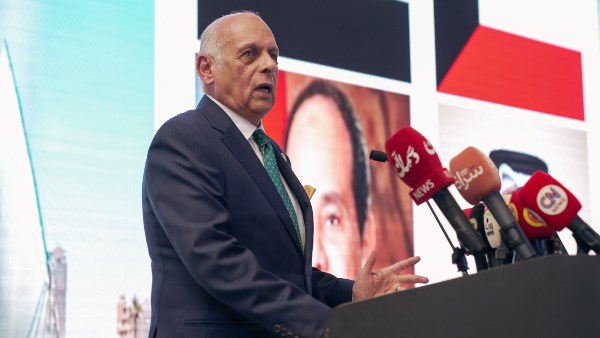
Tuesday’s pullback was mostly due to the returning dollar demand by importers
Taiwan dollar eases after historic surge as officials deny currency talks with U.S.

Taiwanese dollar pulled back Tuesday after a historic surge that saw it clock multi-decade gains amid speculation about pressure from Washington on strengthening the local currency.
It weakened over 3% against the U.S. dollar on Tuesday, after a meteoric 9% rally over the previous two trading days to hit three-year highs, and logging its sharpest daily gains Monday since at least 1981 according to LSEG data.
Despite Tuesday’s weakness, the Taiwanese dollar is still up over 8% this year against the greenback, while the U.S. dollar index is down by the same year to date.
“We’re seeing currency moves more [volatile] than what we saw during the Asian financial crisis era,” said David Chao, global market strategist at Invesco.
The recent dramatic upward swings in the currency were largely driven by exporters’ rush to convert U.S. dollar reserves to the local currency as the U.S. dollar faltered, and life insurers’ intensified hedging for their U.S. dollar debt holdings, experts said.
Taiwanese life insurers are among Asia’s largest holders of U.S. bonds and have been sitting on huge, underhedged U.S. dollar exposures, according to market analysts.
Investors are closely monitoring the Taiwanese central bank as its “notable absence” has fanned speculation that the authorities were tolerating a stronger currency to win trade concessions from U.S., said Stefan Angrick, Head of Japan and Frontier Market Economics at Moody’s Analytics. “The central bank has been unusually hands-off amid soaring forex volumes.”
Governor Yang Chin-long said at a press conference Monday that Taiwan’s central bank had stepped in to curb what it deemed as “excessive” inflows while refuting claims that exchange rates were part of the U.S. trade negotiation. He did not elaborate on the nature of intervention.
Despite official denial, foreign exchange rates might “quietly be on the table in broader U.S.-Taiwan trade conversation,” Angrick said. President Donald Trump has advocated for a weaker greenback to boost U.S. export competitiveness.
Analysts are also largely skeptical of any meaningful intervention from the central bank so far. The Taiwanese dollar has already reached the upper bound of the central bank’s monitoring range, Invesco’s Chao said, “If the central bank continues to step back, that may be the market’s cue that a quiet currency realignment is underway.”
Tuesday’s pullback was mostly due to the returning dollar demand by importers, according to Michael Wan, FX strategist at MUFG Bank, who believes the central bank has not intervened “very aggressively.”





-1120252475029447.jpg)
-920252122624392.jpg)
















